-
Corral de Tierra, The Pastures of Heaven
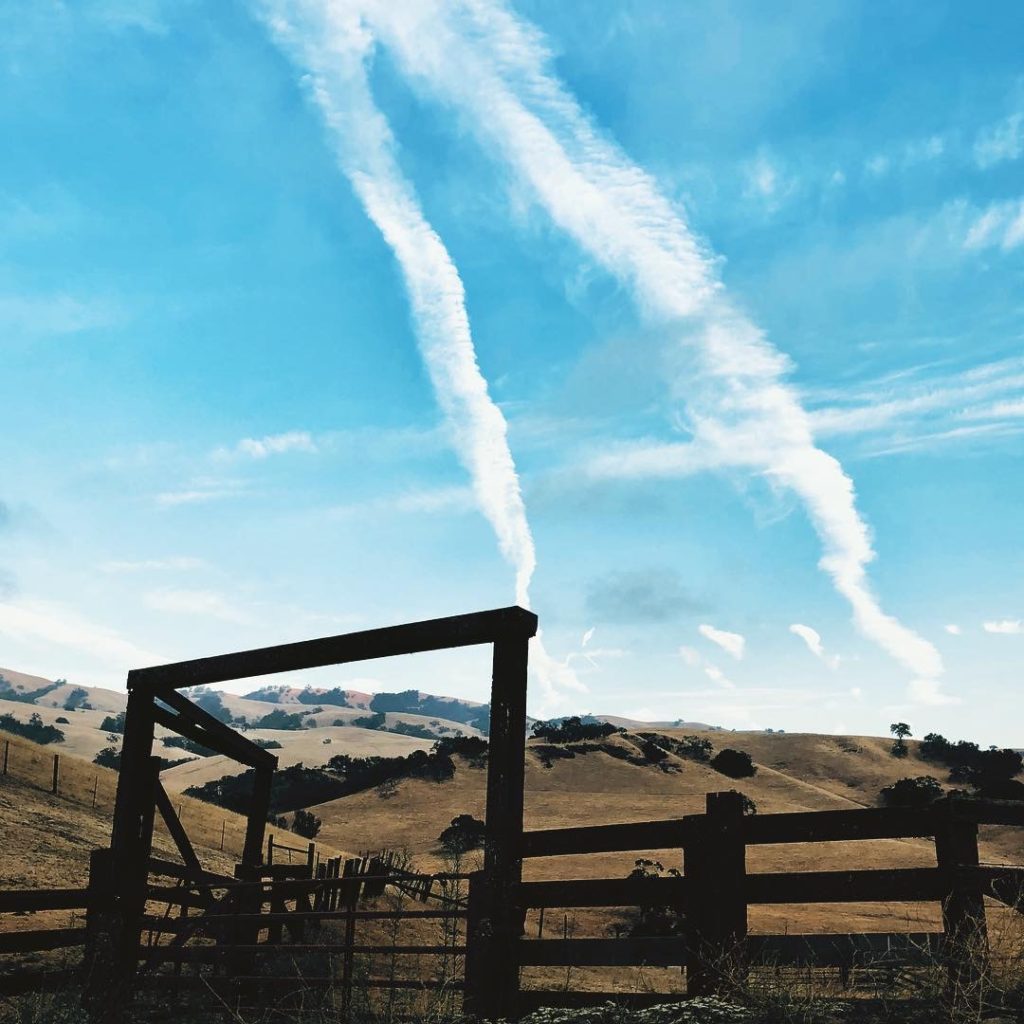 Heaven is under our feet as well as over our heads–Henry David Thoreau.
Heaven is under our feet as well as over our heads–Henry David Thoreau.Corral de Tierra is a pastoral area of verdant meadows and remote canyons situated midway between Salinas and Monterey. It is notable for the innumerable California live oaks that flourish here. It is considered to be in the “sun belt” so that even if it is foggy and gray in nearby Salinas and Monterey, the sun is usually shining here. The area comprises many small communities including Serra Village, Toro Park Estates, San Benancio, The Villas, The Meadows, Markham Estates, Corral de Tierra Country Club, Laureles Grade, Chamisal, Vista Dorada, and Laguna Seca Estates, as well as myriad vineyards, farms and ranches. It is named for the Mexican rancheros who used a canyon in the upper valley during the 1700s to hold their cattle. Corral de Tierra literally means “fence of earth”.
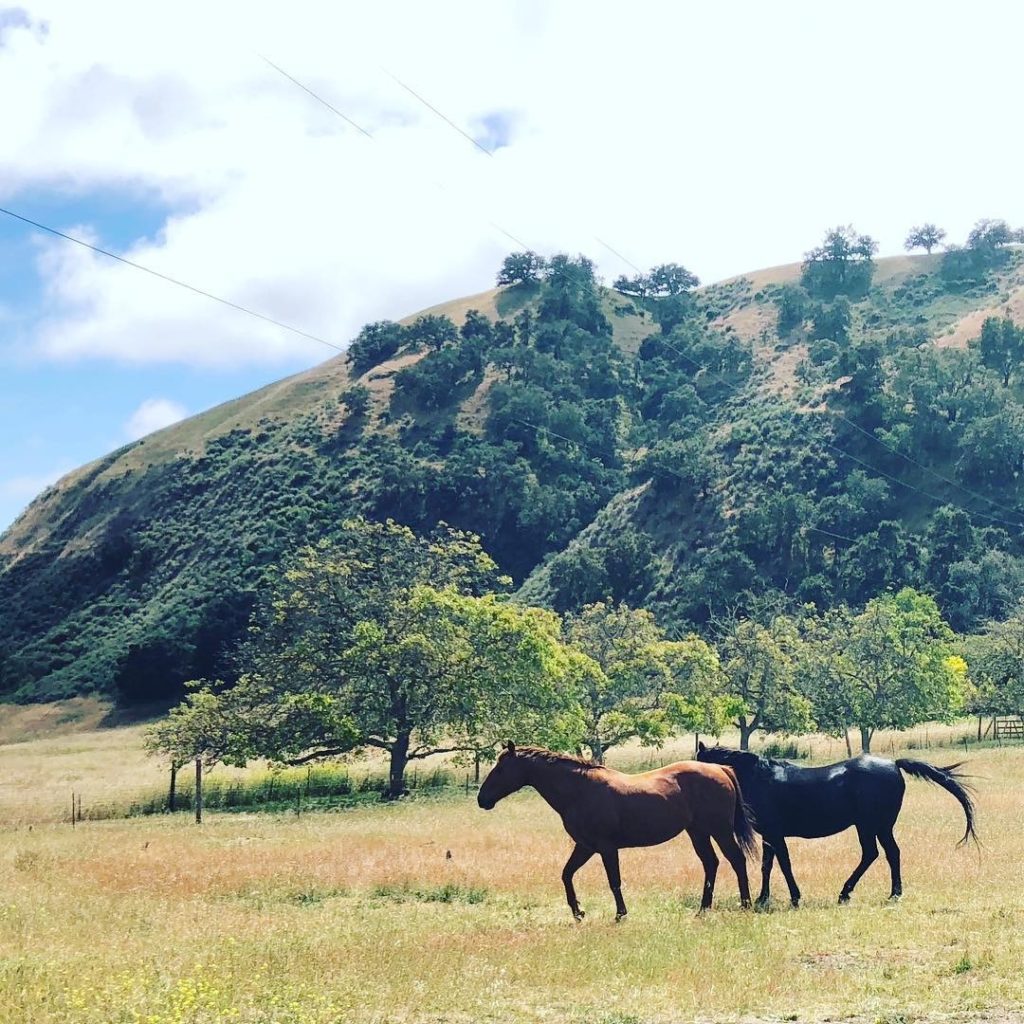
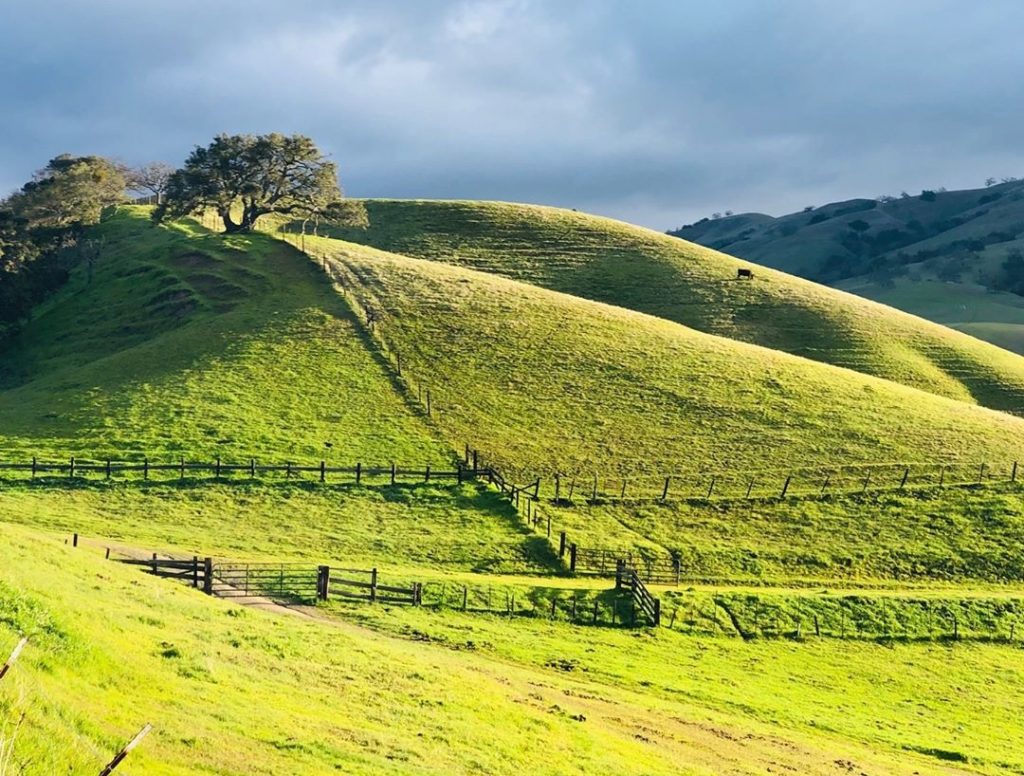
Underwood Canyon in Corral de Tierra is breathtaking in the spring. Corral de Tierra’s transformation from a vast wilderness to a settlement begins with a love story. In 1836, Governor Nicolas Gutierrez granted over four thousand acres in the area to Francisco Figueroa in exchange for the hand of his daughter Guadalupe. I picture the story unfolding with Guadalupe, leaning out of the window of a beautiful Spanish style home. She is wearing an exquisite lace dress, has beautiful flowing black hair, and is holding a crimson rose that the dark and handsome Nicolas has given her just before he rides off into the sunset on a meticulously groomed stallion. We will never truly know how this love story played out. Following the Mexican-American War, California was ceded to the United States and homesteads began to spring up as a series of new owners bought and sold land here.
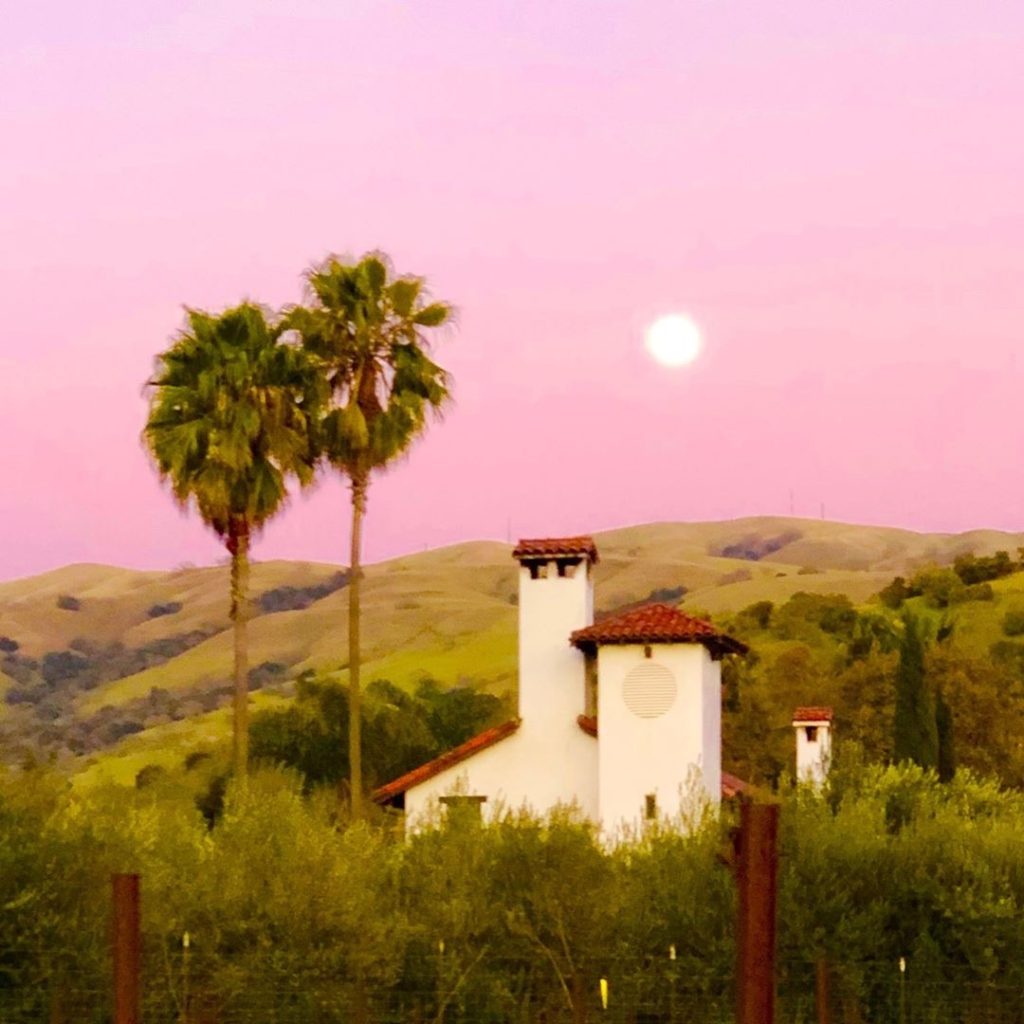
The De Tierra Vineyard & Winery is located in Corral de Tierra. Growth was slow in the area until the 1950s, when the Corral de Tierra Country Club was built. In the 1960s, the Chamisal Country Club was established. There were originally two schools in the area: Washington Elementary School at mid-valley was established in 1873 and is still going strong today. Lincoln School, built in 1887, was located at the intersection of Underwood and Corral de Tierra, but no longer exists. San Benancio Middle School is a newer school located at the corner of San Benancio and Hwy 68. There are two churches in the area: Good Shepherd Episcopal Church and Cypress Community Church. The clubs, schools, and churches here provide a sense of connection and an avenue for social events within the community.
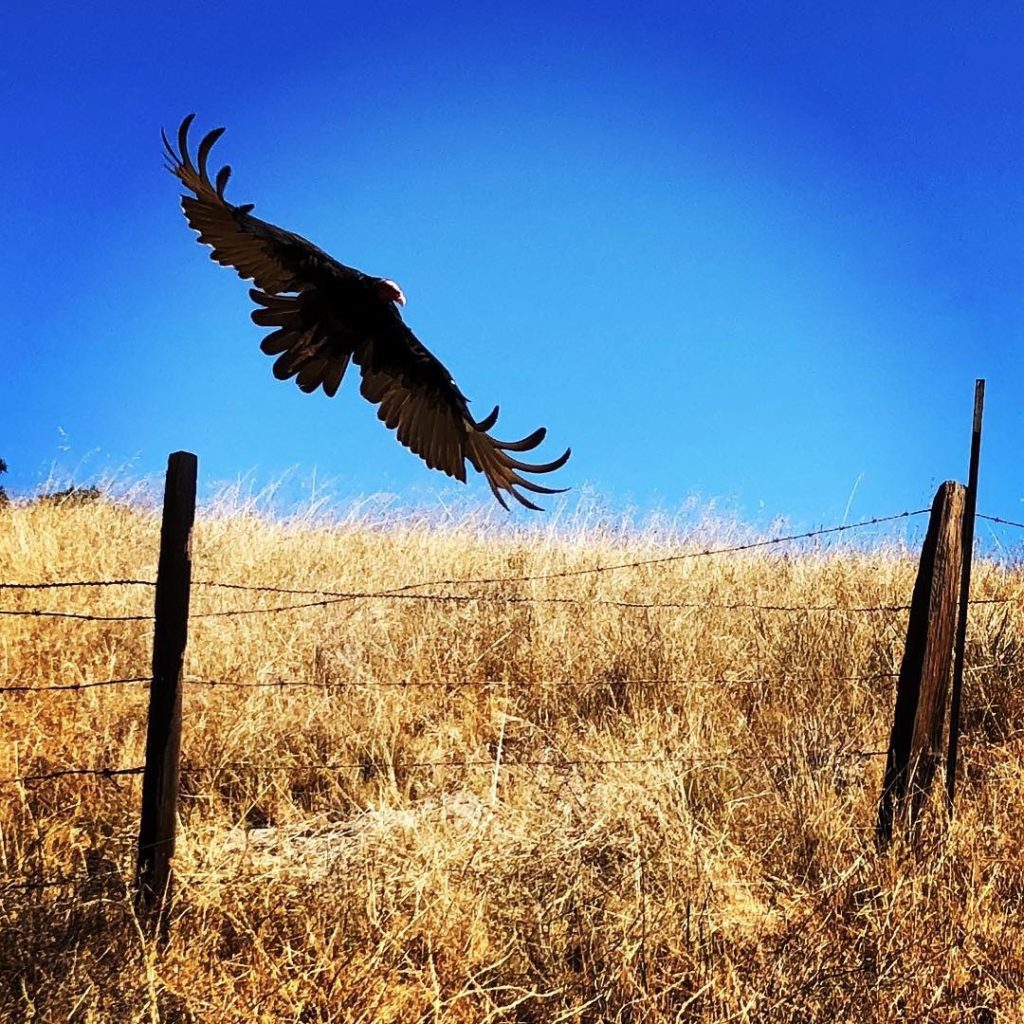
Turkey vultures, bobcats, magpies, deer, wild turkeys and quail are frequently seen here. John Steinbeck, the famous author, often stayed with his maternal aunt in Corral de Tierra. She lived on a farm near the present day Markham Ranch. Steinbeck was not only a prolific writer, but also an avid reader, and loved the tales of King Arthur and the Knights of the Round Table. He enjoyed exploring the rugged sandstone bluffs of Castle Rock in Corral de Tierra, near his aunt’s farm, and imagined the area as the citadel of Camelot. While the public cannot access Castle Rock, located within Markham Ranch, it is clearly visible from Corral de Tierra Road.

A rainbow seen from my farm. Steinbeck’s experiences in Corral de Tierra were the catalyst for a collection of stories presented in his novel “The Pastures of Heaven.” In this novel, a Spanish Corporal discovers the area while chasing runaway Native American slaves that have abandoned their work building a Catholic mission. When he arrives at a ridge and sees a breathtaking view of the fertile valley below, he is smitten and christens the valley “Las Pasturas del Cielo” or “The Pastures of Heaven.” From that time on, he plans on returning to the beautiful valley, but his hopes are never realized. Steinbeck’s work was based on a real Spanish Corporal who did, in fact, discover the area in 1776 while pursuing Rumsen Indians who had escaped from the San Carlos Mission in Carmel.
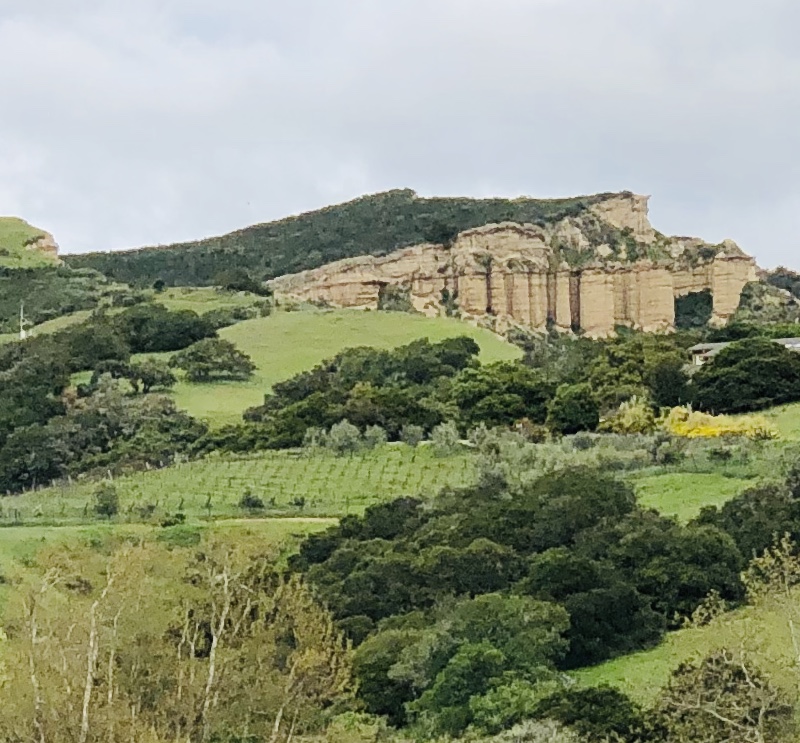
Castle Rock, Steinbeck’s childhood playground, is located in Markham Ranch. Fun activities in Corral de Tierra include biking, hiking, swimming, golfing, tennis, horseback riding, and birdwatching. It is also a great place for astronomers: with a clear night sky far away from city lights, nearly every constellation is visible. Corral de Tierra is also a popular area for plein air artists. Plein air began in France in the 1890s as a movement seeking to create art in outdoor settings in natural light and weather conditions.

Living near so many ranches means seeing cattle and horses every day! What I love most about living in Corral de Tierra is the peacefulness and the sense of community. There is a genuine and authentic calmness and simplicity here. Neighbors are like family. I adore mine and am eternally grateful for them. No matter what happens in life, or where I end up, I will always thank my lucky stars for the beautiful and amazing experience I’ve had in the Pastures of Heaven.
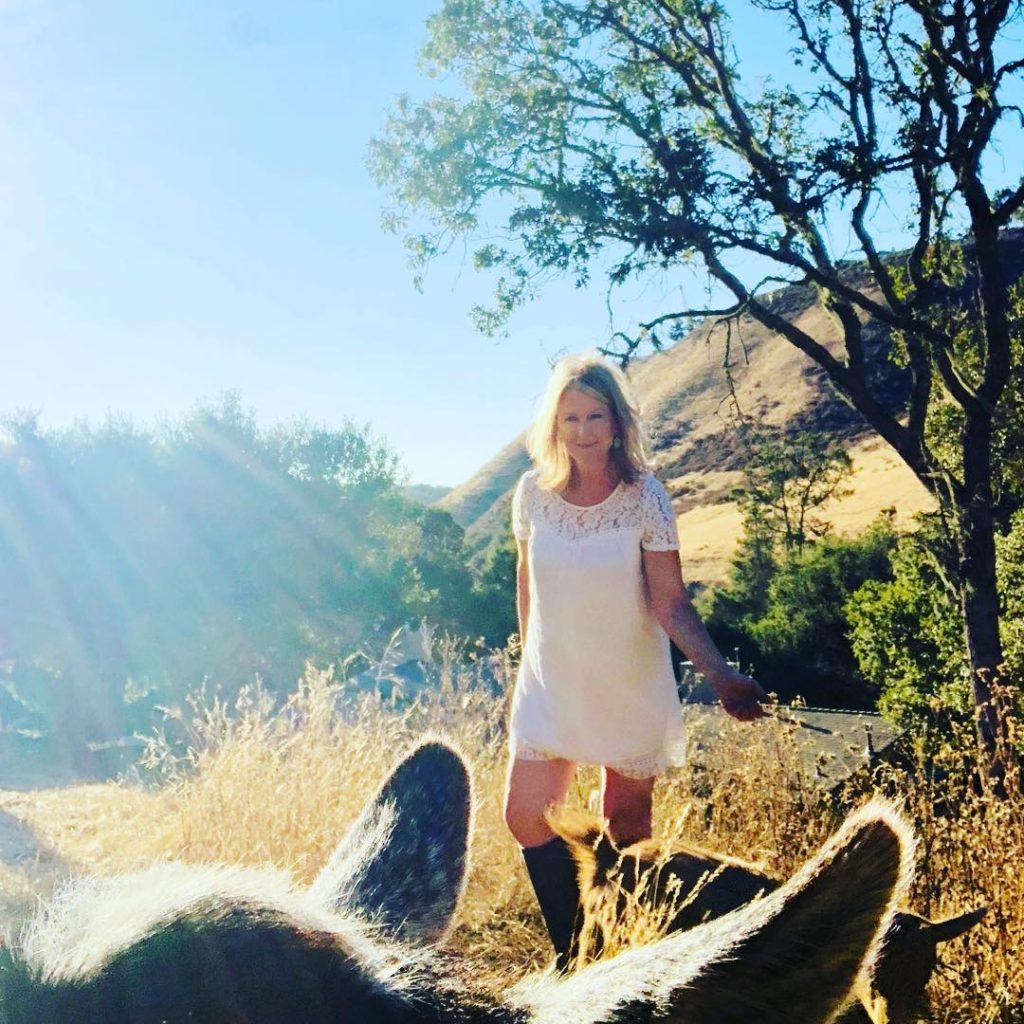
Goats, chickens and sunshine = happiness. Thank you for visiting my blog! Wishing you peace, love, happiness & beautiful vistas!
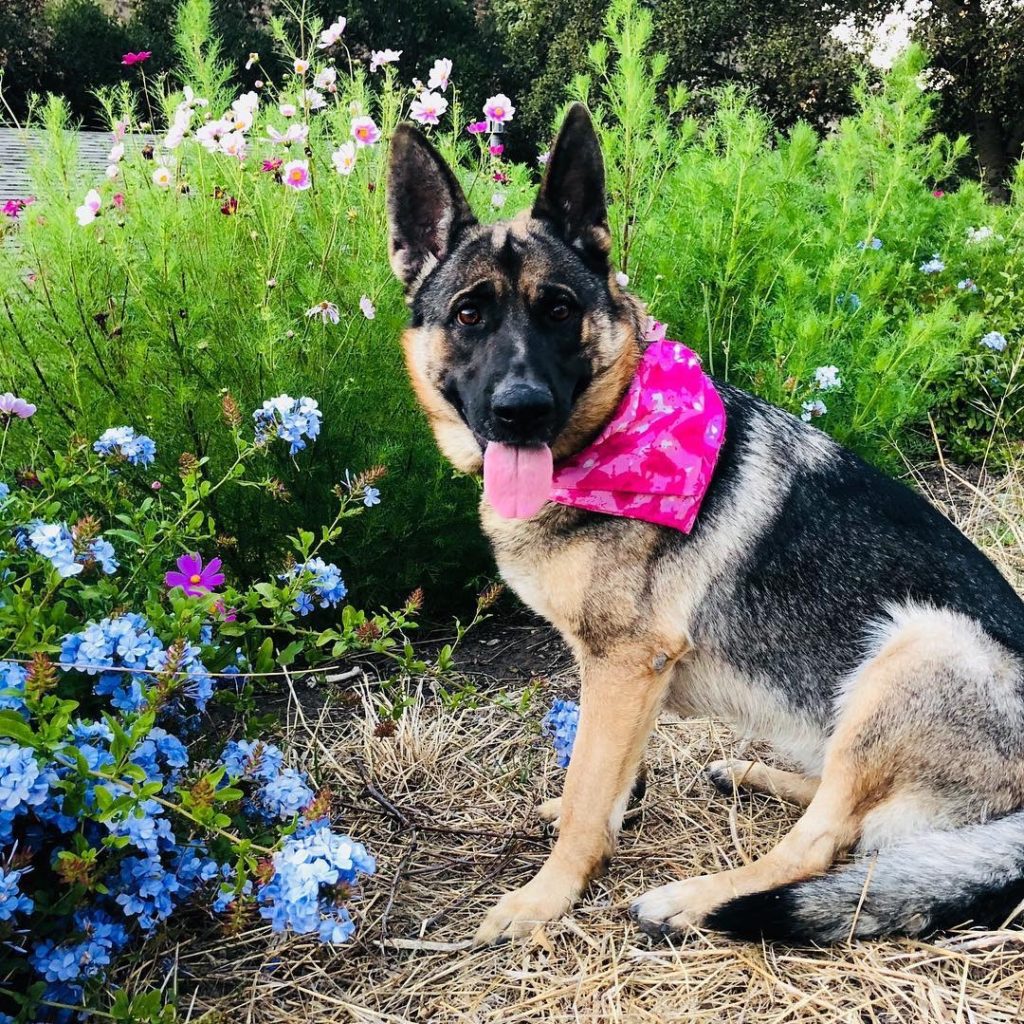
Sasha loves life in Corral de Tierra. -
A Single Ember: Soberanes & California Wildfires

Living in California involves a delicate dance between nature and man. The high drought of summer contrasts with the lush rainy season of winter. One can become complacent, expect things to go on just as perfectly as ever in this coastal paradise, never realizing that one small spark can lead to such horrible consequences. California wildfires are becoming bigger and more devastating, and there cannot be too much education regarding prevention, in my opinion. There is a new ad campaign out with the message “A single ember can travel over a mile”, and I seriously hope people think about this.
The year I moved to my farm there was a fire in north Corral de Tierra, supposedly caused by a trailer dragging chains along the highway, which created a series of sparks jumping alongside the dead grass ditches and transmogrifying into a pitched wildfire. There was also another fire to the south in Tassajara set by a purportedly suicidal man who set himself on fire in his car, initiating a wildfire which burned uncontrollably for weeks. Last year I journaled my experience during the devastating 2016 Soberanes fire.
—I see a faint flicker of difference in the lighting the minute I step outside. The normally blue sky is now somewhat pink as if someone is holding a gargantuan piece of rose colored fabric between the sun and earth. I do not see flames but I soon learn their inauspicious cause. It is coming from Soberanes, an area located south of Monterey and Carmel, with trails snaking through steep hills overlooking the Pacific Ocean along the Big Sur Coastline. Local firefighters as well as those from further north in San Francisco are now battling the fire in this remote and heavily forested area.
Each day I wake to find a smattering of white flakes like a delicate sprinkling of fine snow powdering the tawny hillside. It is ash confetti from the wildfire being blown over in a sobering morning kiss. I see photos of firefighters on the news contrasted with smoke and flame. Their faces are cavernous and hollow. Their eyes are worn, haunted. They look tired of the fighting the flames. They just look done in. By day 10, the fire is approaching Carmel Valley. They say five fire lines have been cut to prevent the fire from reaching the village. That is what they say.
It has now been over two weeks and the fire is moving south. They say it is 50% contained. The firefighters say it was caused by an illegal campfire set at the junction where two meandering creeks met to form a waterfall in the depths of Garapatta forest. At least 57 homes and buildings have been burned up, and a bulldozer operator working to clear brush was killed when his bulldozer topped over on the steep terrain, crushing him beneath. The horrible stench of smoke I have awoken to the past several days is waning, although they say on the news our poor air quality is approaching that of Delhi, India.
Who set the campfire? Stories have been circulating. One involves a group of homeless people from Santa Cruz who were asked to leave by forest rangers but returned later to move even further into the forest. Was it a campfire of revenge? Another story involves the possibility of a couple out for a hike who became enticed by the beauty of the streams and waterfall and stopped for a romantic tryst, hastily lit a campfire, then abandoned it. Stories are stories. Whatever the reason, the effect of their actions is entirely devastating.—
The Soberanes Fire was eventually quelled after three months, and was deemed the most expensive wildfire to fight in United States history. Sadly, most wildfires are caused by PEOPLE. According to CalFire and the Forest Service, the following can cause wildfires: burning debris, smoking, unattended campfires, kids playing with matches, sparks from trains, outdoor equipment such as weed whackers, and the heat from catalytic converters in autos. If you are visiting California, please check with the local authorities before having a campfire. There are often strict penalties for unapproved fires here, and as you can see, for good reason. Peace out!